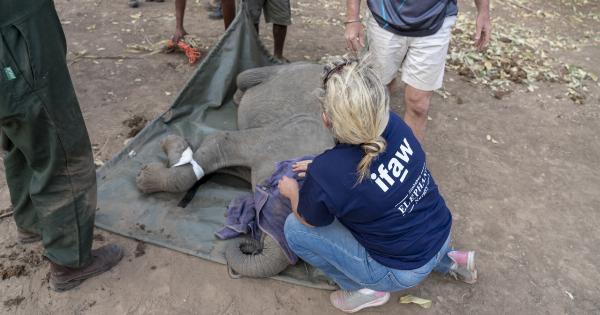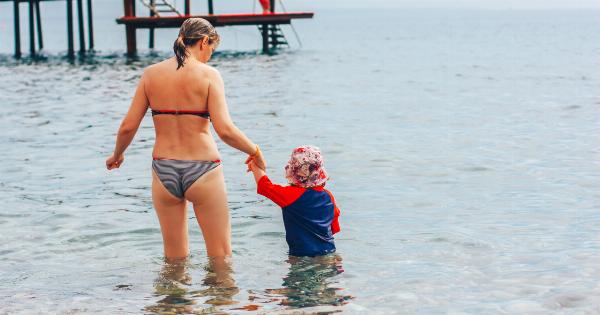Water activities are popular and enjoyable for people of all ages. Whether you’re swimming in a pool, relaxing at the beach, or engaging in water sports, it’s important to prioritize safety.
Accidents and injuries can happen in and around water settings, but by following some essential precautions, you can make water environments safer for everyone involved. In this article, we will discuss crucial steps and measures you can take to ensure water settings are safe and secure for individuals of all ages.
1. Supervision is Key
One of the most critical factors in water safety is supervision. Whether you are in charge of a pool or responsible for a group of individuals engaged in water activities, it’s vital to ensure constant and vigilant supervision.
Appoint lifeguards or responsible individuals who are competent in water safety techniques and have the ability to respond quickly in case of emergencies.
2. Establish Clear Rules and Boundaries
Before individuals engage in any water activities, it’s important to establish clear rules and boundaries. Communicate these rules effectively to everyone involved, especially children, so they understand what behavior is expected from them.
Rules like no running near the pool or diving in shallow water should be strictly enforced to prevent accidents.
3. Provide Adequate Safety Equipment
To ensure water settings are safe, it’s necessary to provide adequate safety equipment. This includes life jackets, floatation devices, and rescue aids such as reaching poles or life rings.
Make sure these safety tools are easily accessible and in good working condition. In addition, encourage individuals who are not strong swimmers to wear life jackets or other floatation devices in deep water.
4. Regular Maintenance and Inspections
Regular maintenance and inspections of water settings are crucial to identify and address potential hazards.
Whether it’s a public pool, a private swimming area, or a water park, make sure all equipment is properly maintained and functioning as intended. Check for any wear and tear, loose tiles, or faulty railings that could pose risks to individuals in the water.
5. Adequate Staff Training
Equip staff members or lifeguards with appropriate training in CPR, first aid, and water rescue techniques. In case of emergencies, prompt response and effective interventions can significantly minimize the severity of injuries or even save lives.
Regularly provide refresher courses and update staff with the latest safety protocols and procedures.
6. Encourage Swimming Lessons
Swimming lessons are an essential step in water safety, particularly for children. Encourage individuals of all ages, especially young children, to enroll in swimming lessons and learn proper swimming techniques.
Not only does this enhance their safety and confidence in water, but it also equips them with critical skills that can be used throughout their lives.
7. Educate on Water Hazards and Risks
Raise awareness about water hazards and risks by educating individuals about the potential dangers associated with water settings.
Teach them about the risks of diving in shallow water, the importance of staying hydrated, and how to identify and respond to signs of drowning or distress. The more informed individuals are about water safety, the better equipped they’ll be to prevent accidents.
8. Provide Adequate Signage
Clear and visible signs play a crucial role in water safety. Ensure that water settings have appropriate signage indicating depth levels, rules, and emergency contact information.
These signs serve as constant reminders for individuals to remain vigilant and follow safety guidelines.
9. Address Water Contamination
Contaminated water can pose serious health risks to individuals engaging in water activities.
Whether it’s a pool, lake, or beach, regularly monitor water quality and ensure adequate chemical treatments are administered to maintain proper sanitation. Public water settings should adhere to the guidelines outlined by relevant health authorities to minimize the risk of water-related illnesses or infections.
10. Prepare for Emergencies
Despite all precautions, emergencies can still occur. Be prepared by having well-stocked first aid kits, emergency phone numbers, and an established emergency action plan.
Conduct regular drills to ensure all staff members are familiar with emergency procedures and can respond effectively in case of accidents or other unforeseen events.































